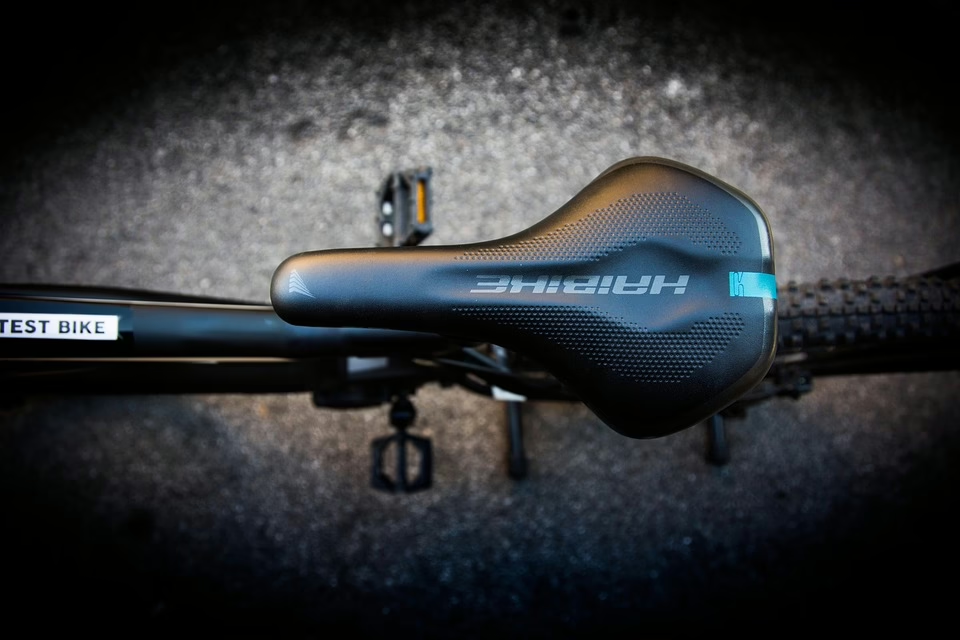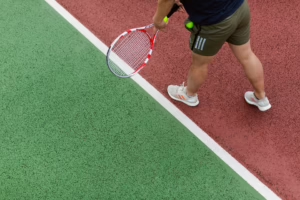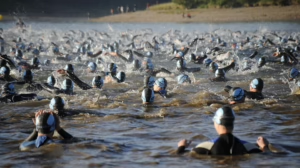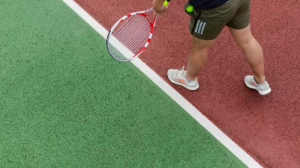Triathlon Training: A Beginner’s Guide to Swimming, Biking, and Running
Triathlons are a remarkable way to test your physical stamina, mental tenacity, and overall athletic abilities. Whether you’re looking to compete at a local sprint distance or aiming for an Ironman, training effectively is key. This article serves as a comprehensive beginner’s guide to triathlon training, focusing on the three essential components: swimming, biking, and running.
1. Understanding the Triathlon
A triathlon consists of three disciplines—swimming, biking, and running—performed consecutively. The format can vary, with distances designated broadly into different categories:
- Sprint Distance: Typically involves a 750-meter swim, a 20-kilometer bike ride, and a 5-kilometer run.
- Olympic Distance: Involves a 1.5-kilometer swim, a 40-kilometer bike ride, and a 10-kilometer run.
- Half Ironman: Consists of a 1.9-kilometer swim, a 90-kilometer bike ride, and a 21.1-kilometer run.
- Ironman: Features a 3.8-kilometer swim, a 180-kilometer bike ride, and a 42.2-kilometer run.
Understanding the structure and how your current fitness level aligns with these distances is essential for setting realistic training goals.
2. Assessing Your Fitness Level
Before diving into training, it’s crucial to assess your current fitness level. This can guide you in creating a personalized training plan. Here are a few steps to consider:
- Consult a Physician: Especially if you are new to exercise or have any pre-existing conditions.
- Perform a Fitness Assessment: This may include a timed swim, a bike ride on a stationary bike, and a timed run. Note the distances, times, and perceived effort.
- Identify Strengths and Weaknesses: Recognizing where you excel and where improvements are needed will dictate your training focus.
3. Developing a Training Plan
Creating a structured training plan is vital. A balanced approach that allows for recovery and progression will enhance your performance. Here’s a simple framework for beginners:
Weekly Schedule Breakdown
- Monday: Rest or cross-training (yoga, pilates)
- Tuesday: Swim (focus on technique)
- Wednesday: Bike (steady-state ride)
- Thursday: Run (interval training)
- Friday: Rest or cross-training
- Saturday: Long bike ride
- Sunday: Long run or brick workout (bike followed by a run)
Duration of Training Plan
A typical training program for a sprint triathlon might last 8-12 weeks. For longer distances, consider extending this to 16-20 weeks.
4. Training for the Swim
Swimming is often the most intimidating aspect for many beginners. Here are key points to improve your swimming skills:
Technique and Form
- Learn Proper Stroke Mechanics: Seek guidance from a coach if possible. Focus on body position, breathing, and arm movement.
- Drills: Include drills to work on specific skills, such as catch and pull, breathing, and balance.
Open Water Practice
- Safety First: Always swim with a buddy or supervision.
- Familiarize Yourself: Try to practice in the conditions similar to those on race day (e.g., lake, ocean).
Schedule
Aim for 2-3 swim sessions weekly, starting at 20-30 minutes, gradually increasing duration and intensity.
5. Training for the Bike
Biking complements swimming and running, making it a critical element of a triathlon. Here’s how to train effectively:
Bike Type and Fit
- Choosing Your Bike: Decide whether to use a road bike, triathlon bike, or hybrid. Make sure it’s properly fitted to prevent injuries.
Skills and Techniques
- Practice Shifting Gears: Learn how to shift gears smoothly.
- Cornering and Descending: Practice handling your bike in various terrain and conditions.
Schedule
Start with 2-3 cycling sessions weekly, including a mix of endurance rides, interval training, and hill workouts.
6. Training for the Run
Running is the final event in a triathlon. Managing fatigue from the swim and bike is essential for a successful run. Here are some tips:
Running Mechanics
- Focus on Form: Emphasize breathing, posture, and foot placement to improve efficiency.
- Pacing: Learn to control your pacing, especially after cycling.
Schedule
Incorporate 2-3 running sessions weekly, mixing long runs, speed work, and tempo runs.
7. Nutrition and Hydration
Nutrition plays an essential role in triathlon training and performance. Here are essential guidelines:
Pre-Training
- Fuel Up: Have a light snack high in carbs before training. Consider bananas, energy bars, or oatmeal.
During Training
- Hydration: Drink water or sports drinks to maintain hydration, especially for long workouts.
- Energy Gels: For workouts exceeding 90 minutes, consume energy gels or chews for additional fuel.
Post-Training
- Recovery Meal: Aim for a combination of proteins and carbohydrates, like chicken with brown rice or a smoothie with fruits and protein powder.
8. Rest and Recovery
Rest and recovery are often overlooked but are crucial for avoiding injuries and improving performance. Here are ways to prioritize recovery:
Listen to Your Body
Pay attention to signs of fatigue, soreness, or injuries. Adjust your training intensity and volume accordingly.
Active Recovery
Incorporate low-intensity activities like walking or light cycling on rest days.
Sleep
Aim for 7-9 hours of quality sleep per night to optimize physical recovery and mental clarity.
9. Gear and Equipment
Having the right gear can enhance your training and performance. Consider the following items:
Swim Gear
- Swimsuit: Invest in a good quality one that fits well.
- Goggles: Choose a comfortable pair that allows clear visibility.
- Wetsuit: For colder water swims, consider a wetsuit to improve buoyancy and warmth.
Bike Gear
- Helmet: Always wear a certified helmet when training or racing.
- Cycling Shoes: Investing in clip-in shoes can improve pedal efficiency.
- Bike Maintenance: Regularly check your bike’s components to ensure they are in working order.
Run Gear
- Running Shoes: Invest in a pair of well-fitted, comfortable running shoes that suit your foot type.
- Apparel: Wear moisture-wicking clothes and consider weather conditions when selecting gear.
10. Mental Preparation
Triathlon training is as much mental as it is physical. Here are strategies to enhance mental toughness:
Visualization Techniques
Visualize race scenarios, your movements, and breathing patterns. This prepares your mind for the actual race.
Set Small Goals
Break down your overall training goal into manageable, smaller goals to maintain motivation and focus.
Positive Self-Talk
Develop a habit of positive affirmations to combat any negative self-talk during training and races.
Conclusion
As a beginner, embarking on your triathlon journey can feel overwhelming, but breaking it down into manageable components makes it achievable. With focused training on swimming, biking, and running, attention to nutrition, rest, and mental preparation, you’ll be well-equipped for race day. Remember to celebrate your progress and enjoy the experience; triathlons can lead not only to fitness but to a thriving community and a fulfilling lifestyle.
With dedication and commitment, you’ll cross that finish line—fit, proud, and ready for your next challenge.
This beginner’s guide to triathlon training should set you on a fulfilling path toward your first race. Enjoy the journey and remember: every small step counts!


























Add Comment